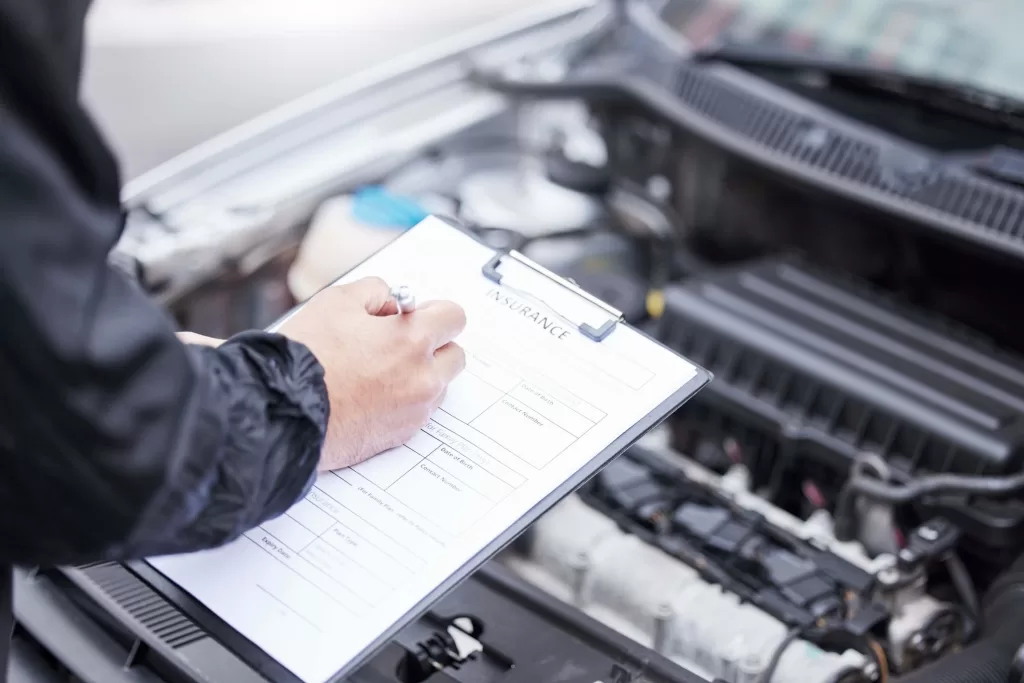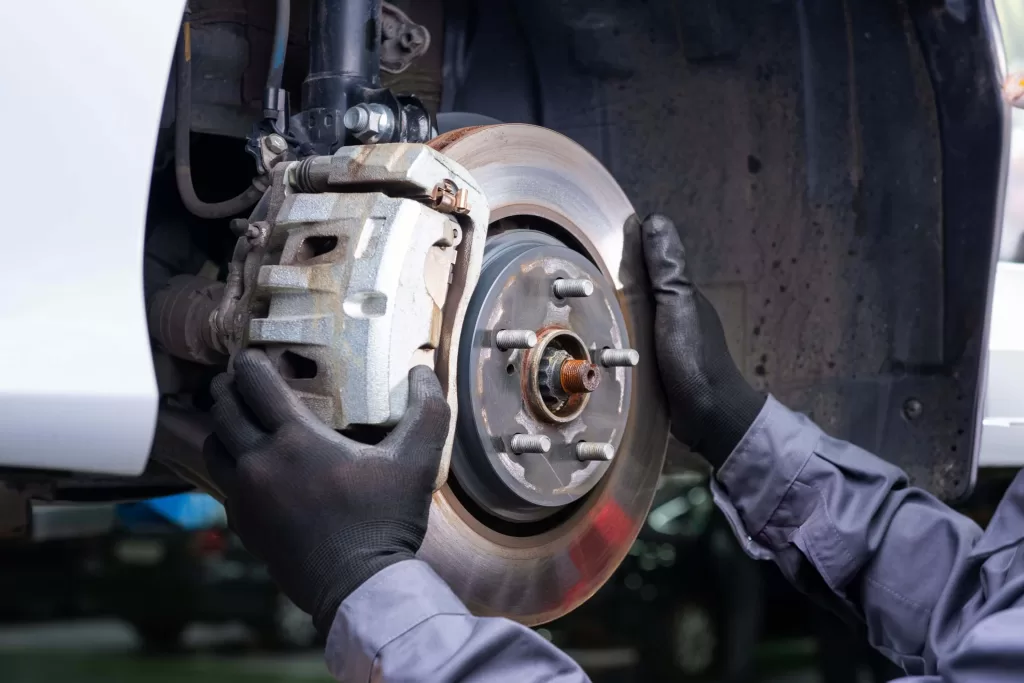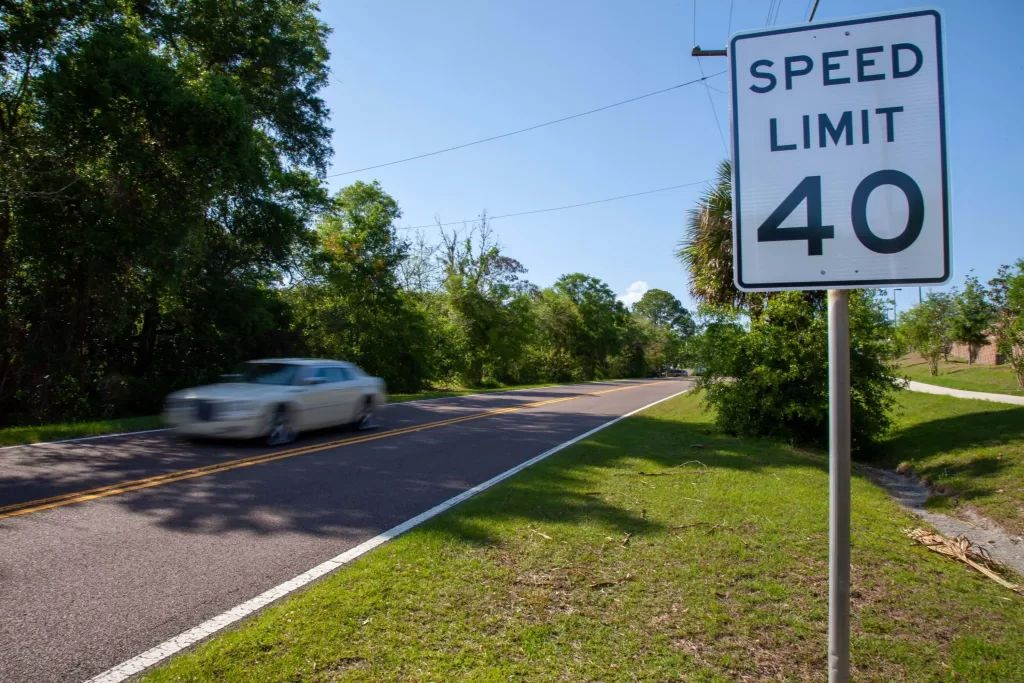
Every day that you sit in the driver’s seat is another day that you are at potential risk of a car accident. The steps you take in making your car safer can certainly help and by improving vehicle safety, you may even be able to save more on your car insurance.
While newer cars will have improved safety features, there are ways to make an older car safer. Mazzu Law is a renowned personal injury law firm that specializes in traffic laws, especially those pertaining to accidents, and assisting victims in recovering fair compensation.
In this article, we provide tips for how to improve car safety and what to do if you are the victim of a crash.
The Importance of Car Safety
The way you drive is important as you are responsible for controlling your vehicle, abiding by the laws, and watching for pedestrians and cyclists. Following these car safety tips can greatly benefit you and all passengers in your vehicle. It can also help you avoid crashes and experiencing car insurance premium increases.
The one thing you can’t control on the road is other drivers. Even if you drive safely, you have no idea what kind of person is driving the car beside you. They may be drunk driving, distracted, or simply didn’t get enough sleep.
Since every time you get behind the wheel you are at risk, the only thing you can control is making your car safer in the event of a collision. These tips will help you do your best to avoid any tragic circumstances.
1. Maintain Your Vehicle
When it comes to older cars or even a new car, you will be much safer if you follow regularly scheduled maintenance. Some of the things required to maintain your vehicle are tasks you can manage yourself. This would include making sure that your seat belts are in proper working order, checking in on your tire pressure, and checking that all lights are operational.
If your tire tread looks worn, it may be time to get new tires. They will ensure a strong grip on the road, even in bad weather. Additionally, tires should be right for the season. You’ll want to make sure you purchase the right ones to keep you safe in heavy snow in winter.
A mechanic should inspect braking performance. If your brakes are worn, they can put you, your passengers, and other drivers in danger. Regular maintenance can help you avoid issues when traveling at highway speeds, ensuring that your engine and all integral parts of your car are roadworthy.
Additionally, don’t forget about your windshield wipers. You should replace them if they aren’t easily clearing rain and condensation out of your way. A quick trip to the auto shop can make sure that everything from your wipers to your car’s handling are in proper working order and ready for the road ahead.

2. Add Safety Features
Many cars manufactured in recent years are equipped with modern safety features. If you have a new car, you may already have the most up-to-date system on the road.
However, even if your car is older, you can add aftermarket features to improve its safety.
Electronic Stability Control
Electronic stability control (ESC) is one of the few safety features you can’t add if your vehicle isn’t equipped with it. Since it has been standard in all vehicles since 2012, your car should have this feature unless it is older than that.
ESC sensors work with the antilock brake system (ABS) and traction control system (TCS) to help prevent crashes. It should be noted that this system works best when your tires are inflated to proper PSI levels as advised by your vehicle manufacturer.
Lane Departure Warning
Adding a lane departure warning system is a smart move if you want to be safe. This system uses different system alerts such as visual warnings, vibrations, or sounds. The sensors will let you know if you are drifting out of your lane.
Rear Cameras
Installing sensors with a rear camera with pedestrian detection is a great idea if your car is not already equipped with this feature. It can make a big difference when you are backing out of your driveway or a parking space. Backup cameras can help you avoid pedestrians or a stationary object.
It may just be the best automotive technology to add to your car as it helps you see blind spots. One big blind spot is below the rear window of your vehicle, and with a clear line of vision through the blind spot-focused camera, blind spots are quickly becoming a thing of the past.
Other features can provide automatic emergency braking, voice commands for your mobile phone, and adaptive cruise control, among others. If you add these options to your vehicle, make sure you inform your car insurance company. You may be eligible to get a rate discount by making these safety updates to your car.
3. Make Sure You Abide by Child Safety Requirements
If you have children as your most frequent passengers, you must do everything you can to protect them. Teach them how to buckle their seat belt and the importance of always wearing it while you are driving and set a good example that will serve them well for life.
Younger children should always be buckled into child safety seats while older children should sit in booster seats. For infants, make sure the car seat faces the rear of the vehicle. If you are unsure of how to install a child safety seat, you can always stop by your local police department. Many officers are happy to help ensure that drivers and their young children are following all metrics of safety while driving.
4. Adopt Smart Driving Habits to Protect Yourself from Other Vehicles
You can’t control other vehicles but you can control yours. Understanding the principles of defensive driving can help you stay safe and may be the key to avoiding rear end collisions or a run-in with someone who is drunk driving alongside you on the road. If you don’t regularly follow these habits, make it a point to do so or sign up for a class to refresh your defensive driving skills.
Always Wear Your Seat Belt
Every driver and passenger should wear their seatbelt while driving and keep the driver’s seat a reasonable distance from the steering wheel. In the event of a crash, you will be less likely to sustain injuries from the airbags.
Stay Attentive
Drivers who pay attention to the task of driving and refrain from distractions can avoid or react effectively to a dangerous situation.
Follow at a Safe Distance
The best way to avoid a crash is to adjust your speed to follow at a safe distance. If the car in front of you stops suddenly, you won’t get into a collision if you’ve left enough room.
Obey the Speed Limit

Drivers who speed are more likely to crash. Follow the posted speed limit but be prepared to go slower if the weather conditions impact the grip of your vehicle’s tires or your visibility.
Know and Follow All Traffic Laws
When you are driving, make sure you’re following the rules of the road. While keeping the speed limit in mind, it is also important to know when to yield the right of way as well as use the turn signal to communicate your intended direction to other drivers.
Plan Your Route
Technology makes it possible to pull up a map in real-time. If you have a new vehicle, this technology is likely built into your car. If you have an older vehicle, you can connect your smartphone using a mount and use its GPS.
However, you should always review the route to your destination prior to departing. Familiarize yourself with it and you’ll be less likely to stare at the screen and take your eyes off of the road. Additionally, you should take things like the time of day you’re making this trip into consideration. Rush hour traffic will make for more crowded roads and foul weather can slow things down.
Be Safe While Overtaking Other Cars
Before you pass other cars, make sure you have enough room. When driving in front of other cars, you don’t want to pass so closely that they must hit their brakes. Be a smart driver and consider other cars. Even better, make sure you use your signal prior to switching lanes. It could save your life.
Avoid Rushing to Avoid a Crash
In almost every type of collision, particularly ones that happen head on, the core reason is due to driver error. While some people are distracted while driving, others are rushing because they are in a hurry. Nothing is more important than getting where you are going safely. Plan ahead to leave early and give yourself more time.
5. Prepare for Emergencies
All vehicles should be equipped with equipment for an emergency. You should have a spare tire and tire jack in your vehicle at the bare minimum. You may also want to consider other emergency equipment designed for vehicles such as a power tire inflator and a tire repair kit.
Jumper cables, warning triangles, and multi-use tools are also encouraged. In particular, a multi-use car tool can help you cut seat belts after a crash, break glass to escape if you have no other way out, and perform other tasks to assist in an emergency situation.
If you are the victim of a crash, you should know how to handle that. The first thing to do is call 911 to get help. They will send emergency medical services for anyone who is injured, and it is wise to get a medical evaluation right away, even if you don’t think you’re hurt.
While today’s technology in vehicles helps minimize injuries to a degree, the force of an auto wreck can impact vital organs in your body from your brain to your lungs. Try to take photos or videos if you are able to after the accident as you will need to report what happened to your insurer. There’s a chance you may be fully or partially blamed for this event, and if your injuries are serious, you certainly don’t want that to happen.
Make sure you contact a Buffalo car accident lawyer who can help you investigate the true cause of this incident and gather evidence on your behalf. Many drivers end up in the hospital after car crashes and don’t have the opportunity to properly capture the aftermath. When you hire an attorney, you will have someone representing your best interests to recover the compensation you deserve as a result of another driver’s negligent acts.
You can do many things to make your car as safe as possible, but you can’t always protect yourself from bad drivers. With Mazzu Law, you’ll find compassionate attorneys committed to making things right after your crash. Contact us today to get the legal representation you need and schedule a free consultation.